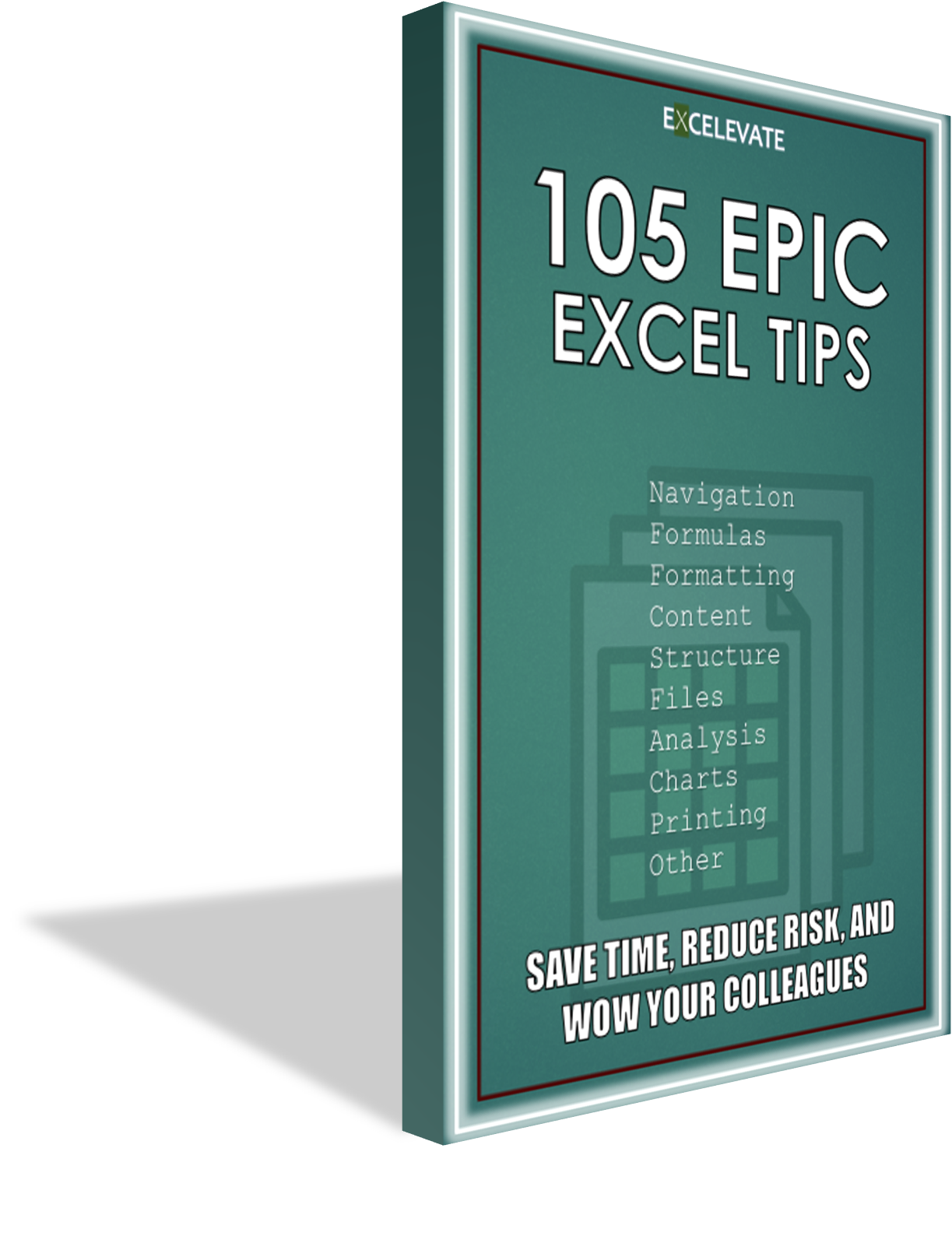 Overview
Overview
Have you ever used tickmarks in your professional roles? If you haven’t worked amongst accounting and finance folks, chances are you probably haven’t. For the uninitiated, tickmarks are small symbols that indicate some type of work that was performed – a great, quick way to communicate with coworkers.
Back when I began my career as an auditor, tickmarks were used both on paper and within our digital workpapers (mostly Excel). We had a standard set of symbols in a couple of different colors that each had a meaning (some are in the example screenshot down below). Any non-standard tickmarks were defined at the top of a page or the front of a section. In Excel, we used a basic add-in with a special menu of tickmarks we could click to insert a tickmark into the active cell.
After auditing, I don’t think I ever saw tickmarks used again. I think that’s a missed opportunity, given how much time we all spend communicating with each other (experts suggest 50-80% of our workday!). Tickmarks are a great component of effective documentation, a topic you can learn more about in a previous article.
In this article, we’ll look at why tickmarks are worth using regardless of your role, some examples of commonly-used tickmarks, and a tool you can use to customize your own tickmarks and insert them with shortcuts. Make sure to download the example file below that contains 15 custom tickmarks you can use or guide you in creating your own!
 So just what are tickmarks?
So just what are tickmarks?
Tickmarks are small icons, symbols, or abbreviations that clearly indicate work done by preparers or reviewers. See the screenshot below (the colorful text and symbols in column C) for examples of tickmarks I’ve used during my career in accounting.

Notice that many of these indicate that an item was investigated or recalculated – common work for accountants. The meanings don’t have to stop there – you could use tickmarks to indicate that something has been proofread, sent to others, shared externally, overwritten, etc.
While it’s common for them to be symbols or icons, they can also just be specially-formatted text that sticks out on a page (i.e. with bolded red or blue font). Now that Excel supports in-cell pictures, using pictures as icons works very well for this purpose.
 Why tickmarks are worth using
Why tickmarks are worth using
 How do you use tickmarks?
How do you use tickmarks?
Getting started with using tickmarks is easy. Here’s a step-by-step guide:
- Define the tickmarks – discuss with your team what tickmarks you should use – the text, the symbols, and the formatting. To help clarify them, I like to include a cell note.
- Share with the team – to make sure everyone is on the same page, share the list with everyone that should be using the tickmarks and how they should be used.
- Insert them in your files – Keep the tickmark list handy where you can copy and paste, or you can use a shortcut (see the Tools section below for the approach I use).
- Update the list – inevitably you may need to update your list of tickmarks as your processes change. Just make sure to communicate any changes to all your stakeholders.
 Automation Tools
Automation Tools
While copying and pasting tickmarks from your template is pretty simple, what if you could insert one of them with a quick shortcut? That’s exactly the approach I take now with a menu picklist approach. See the video below for a quickly walkthrough of how to set custom tickmarks one at a time or in bulk, and how to use them. These are just a couple of the hundreds of tools that come with the the XLEV8 Excel Add-in, helping you save hundreds of hours a year with common Excel tasks.
 Summary
Summary
Wondering how you’ve made it this far without using tickmarks? It’s never too late to make changes, especially quick and impactful ones like this! Make sure to grab a copy of the template directly above, and you’re halfway there!
Have you used tickmarks before? Which ones have you used the most? Let us know in the comments below!




Recent Comments